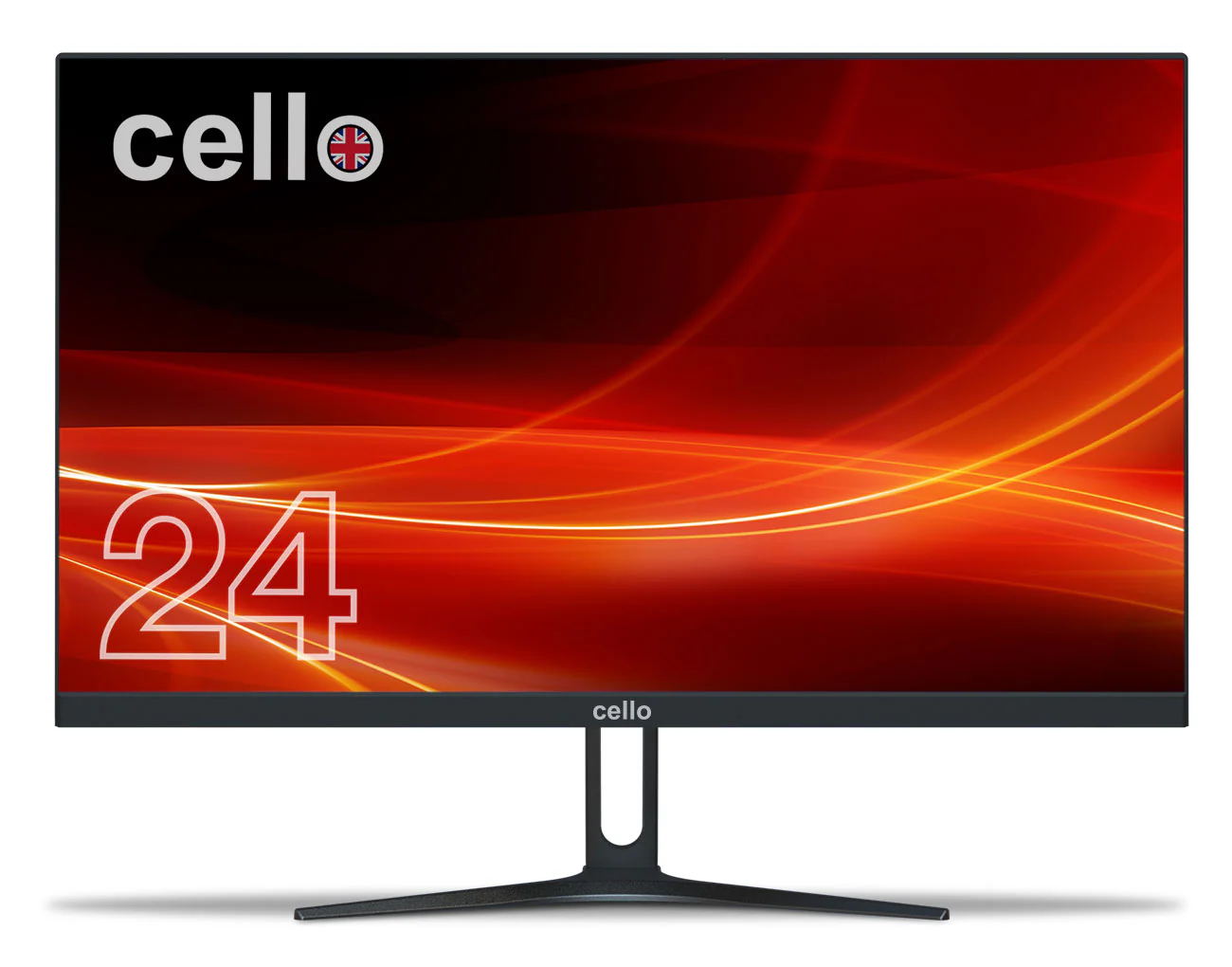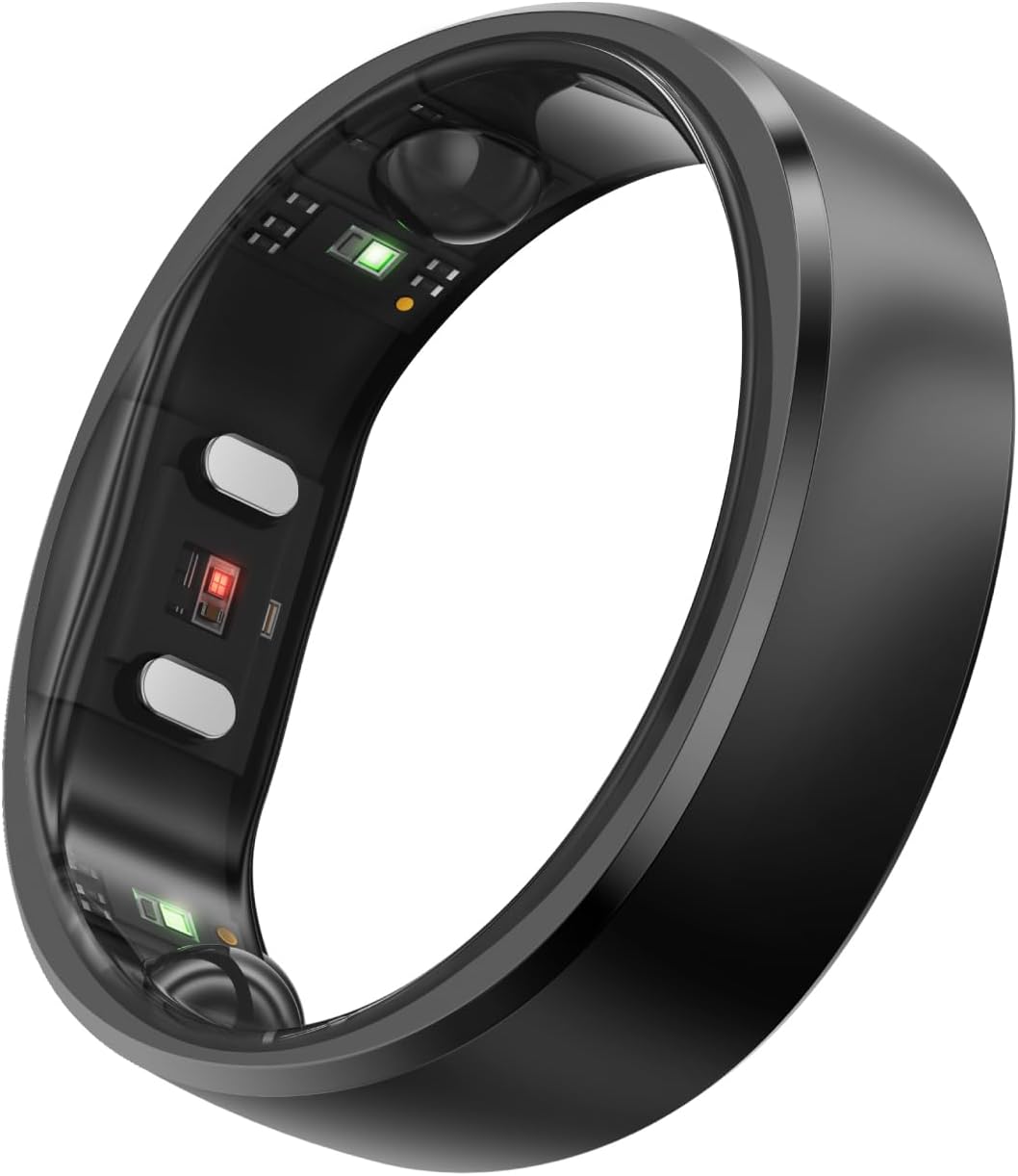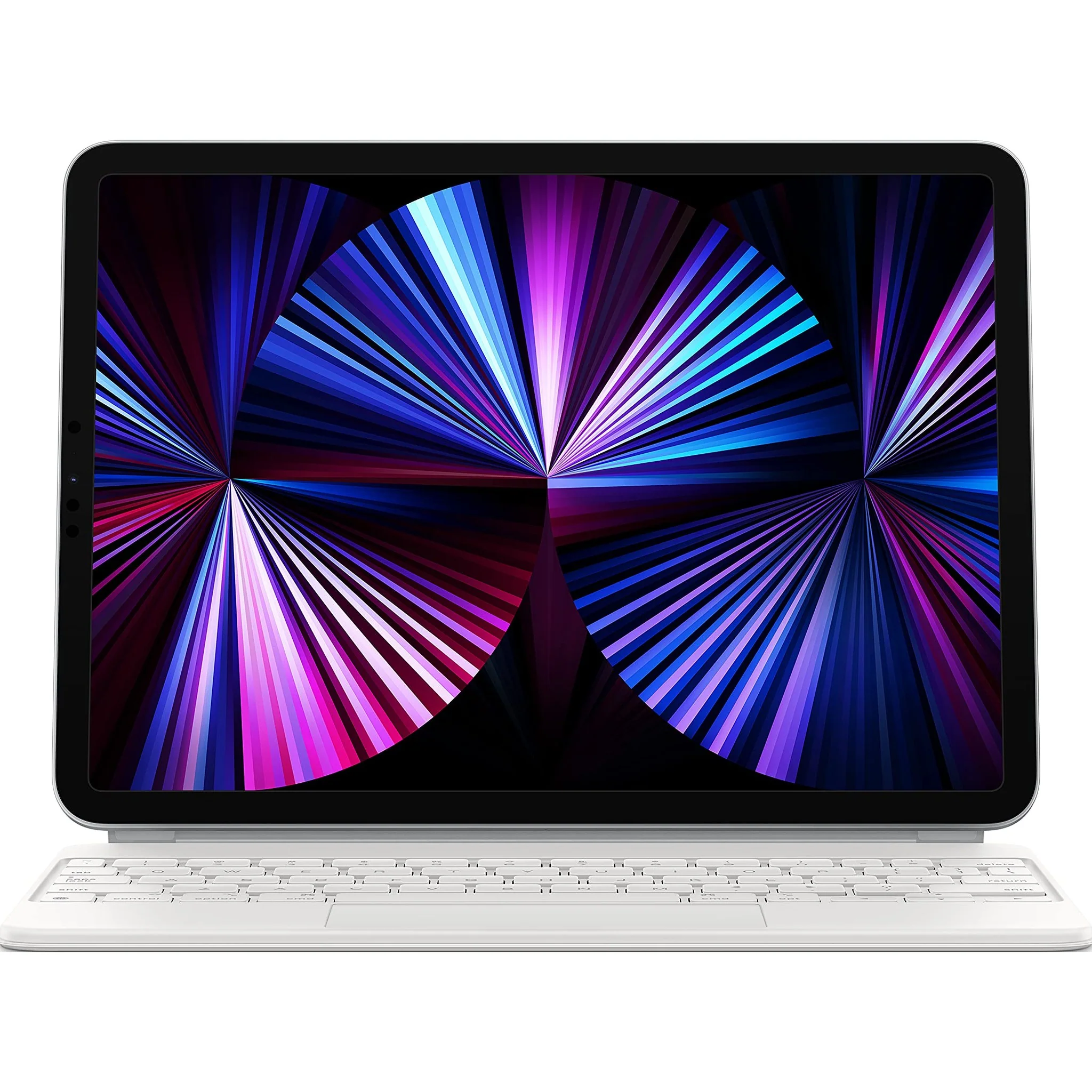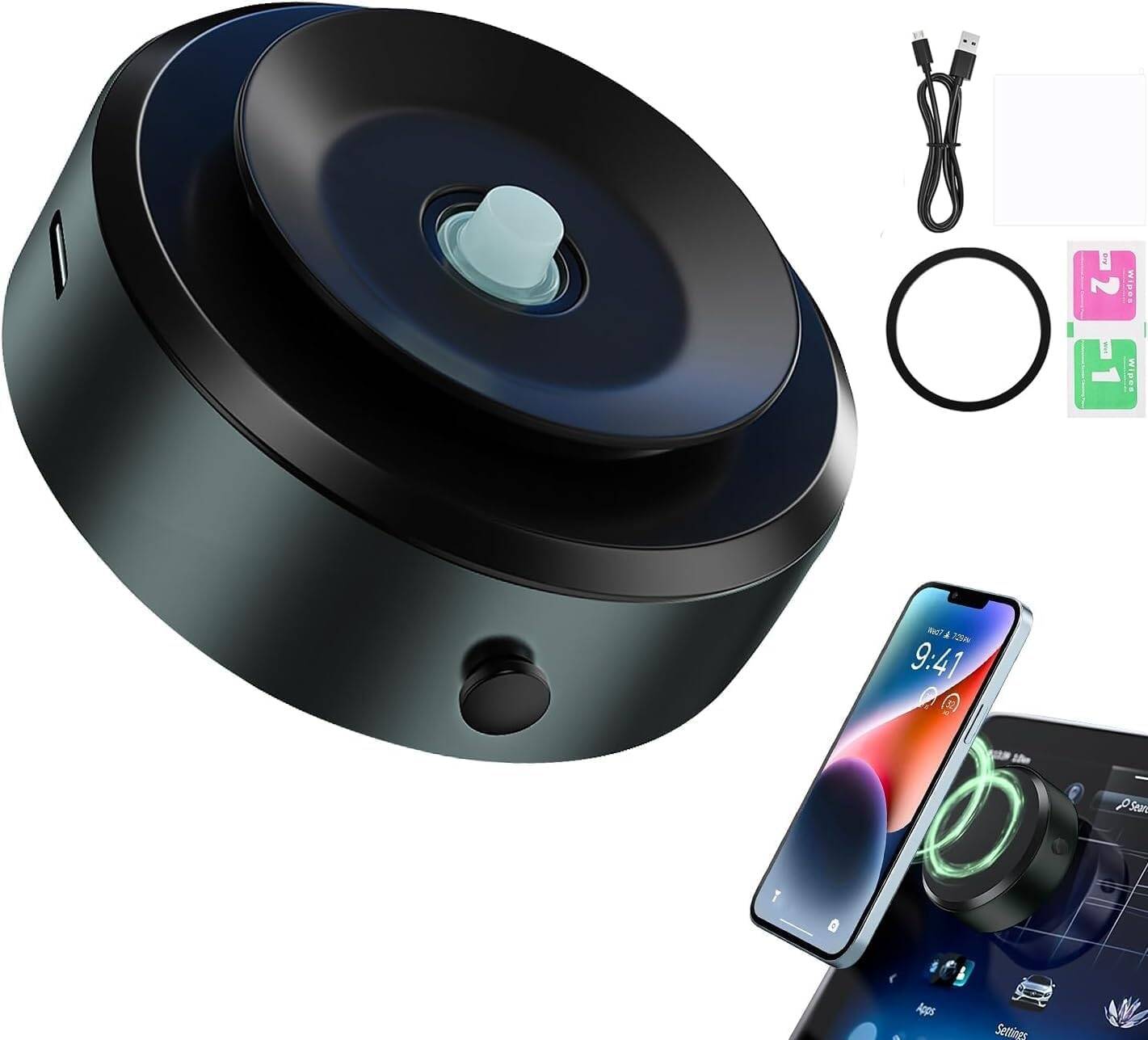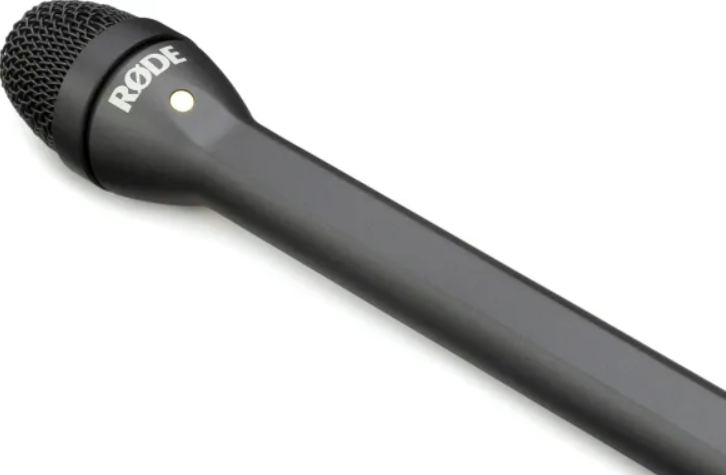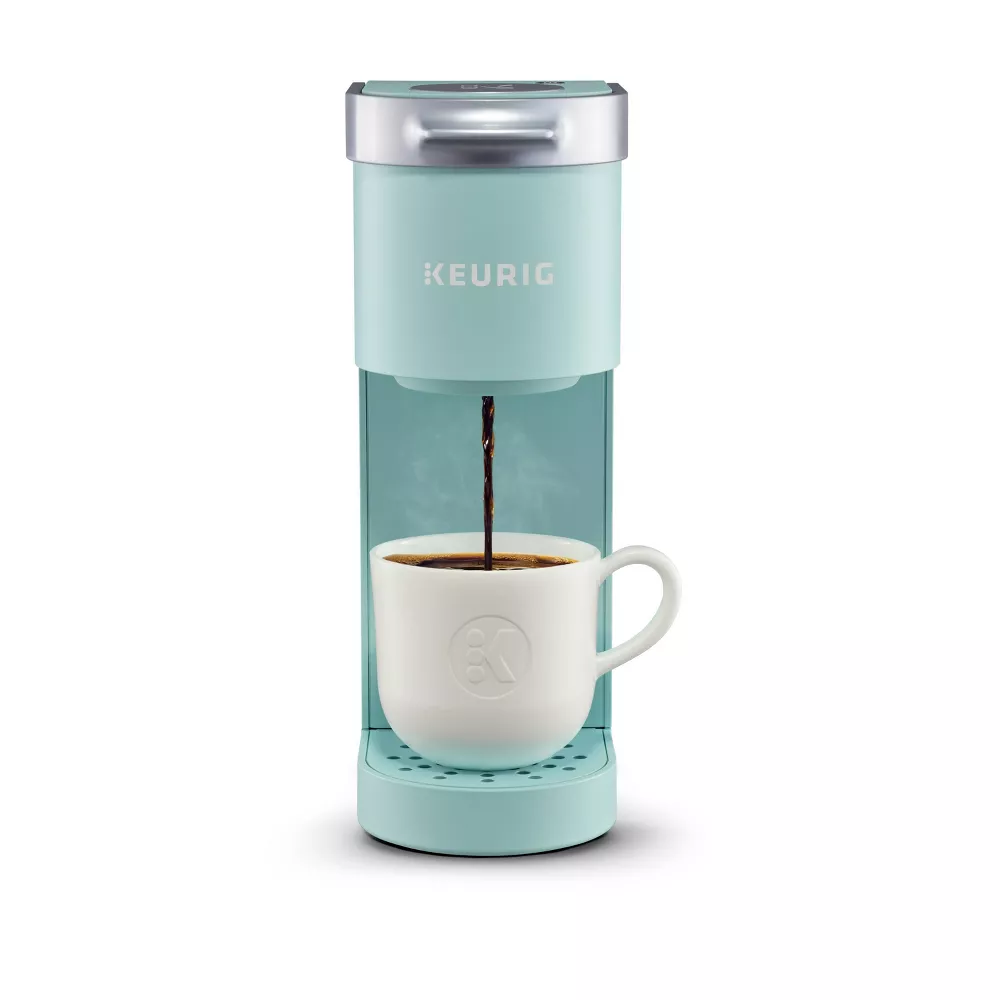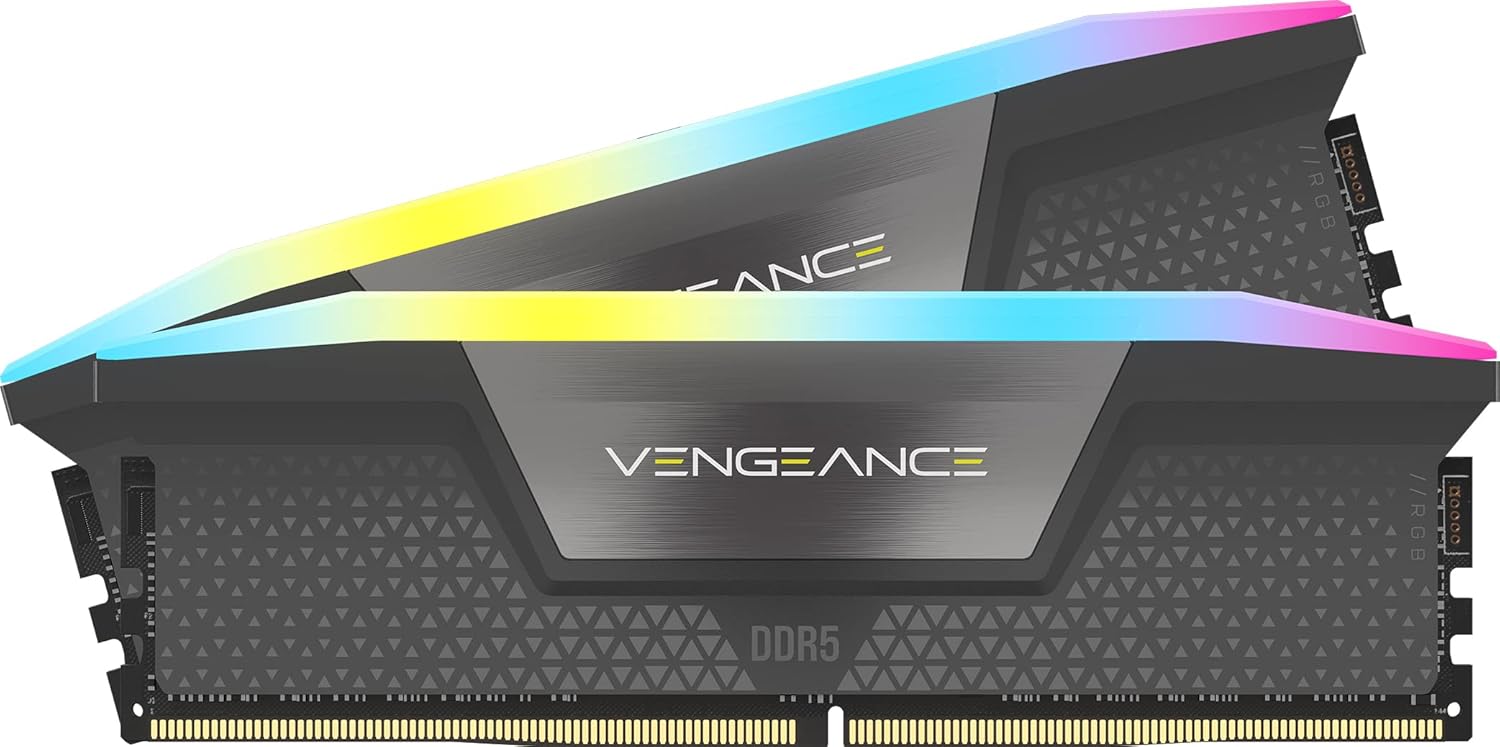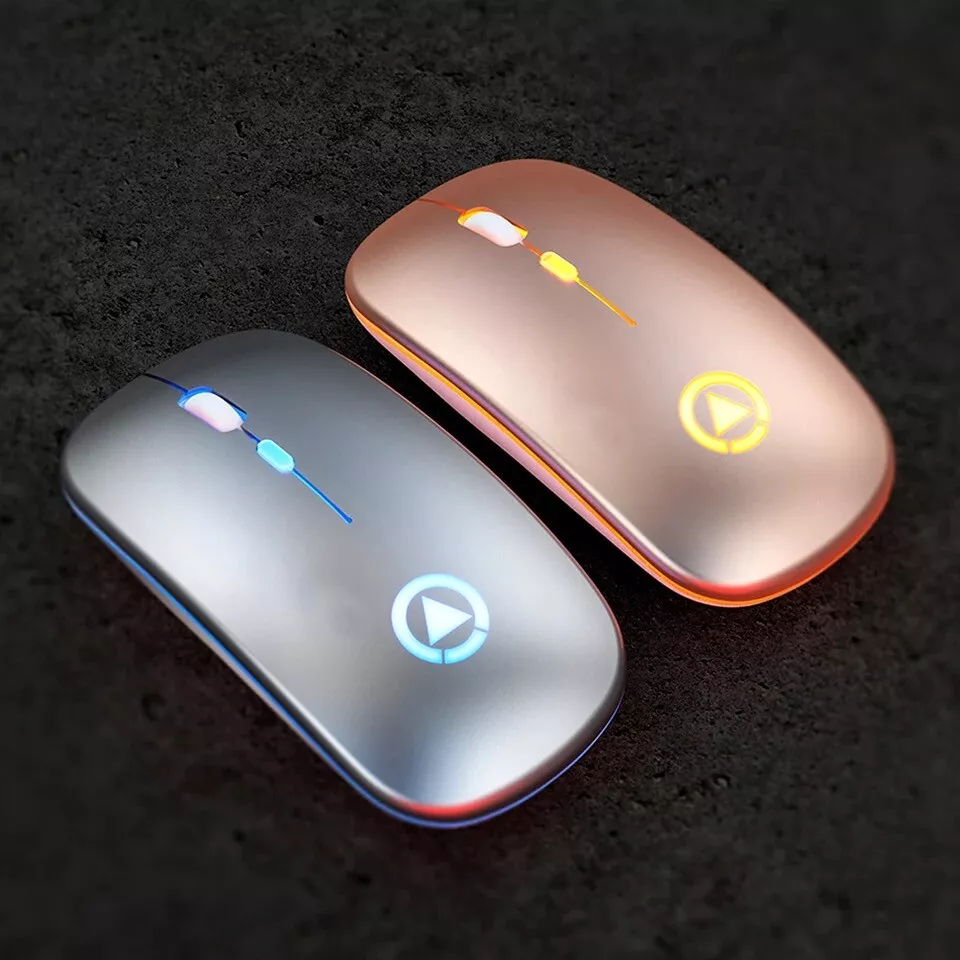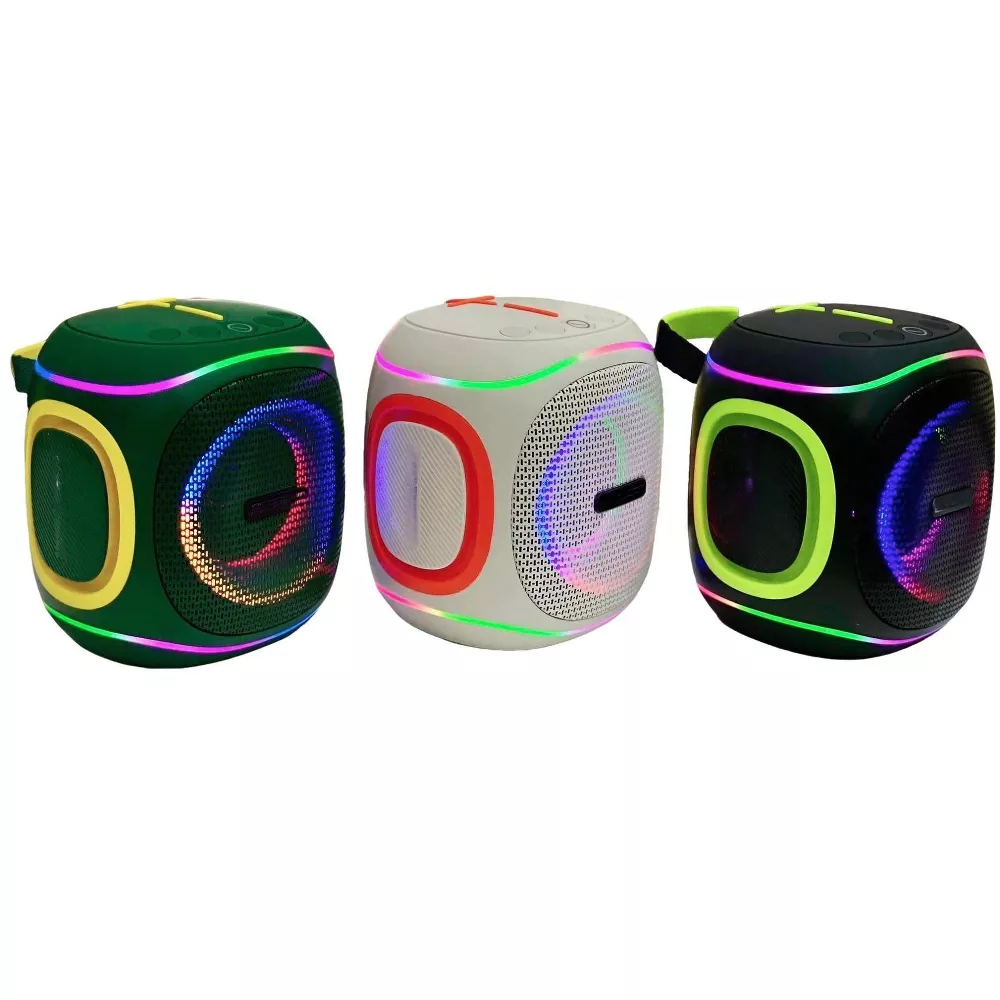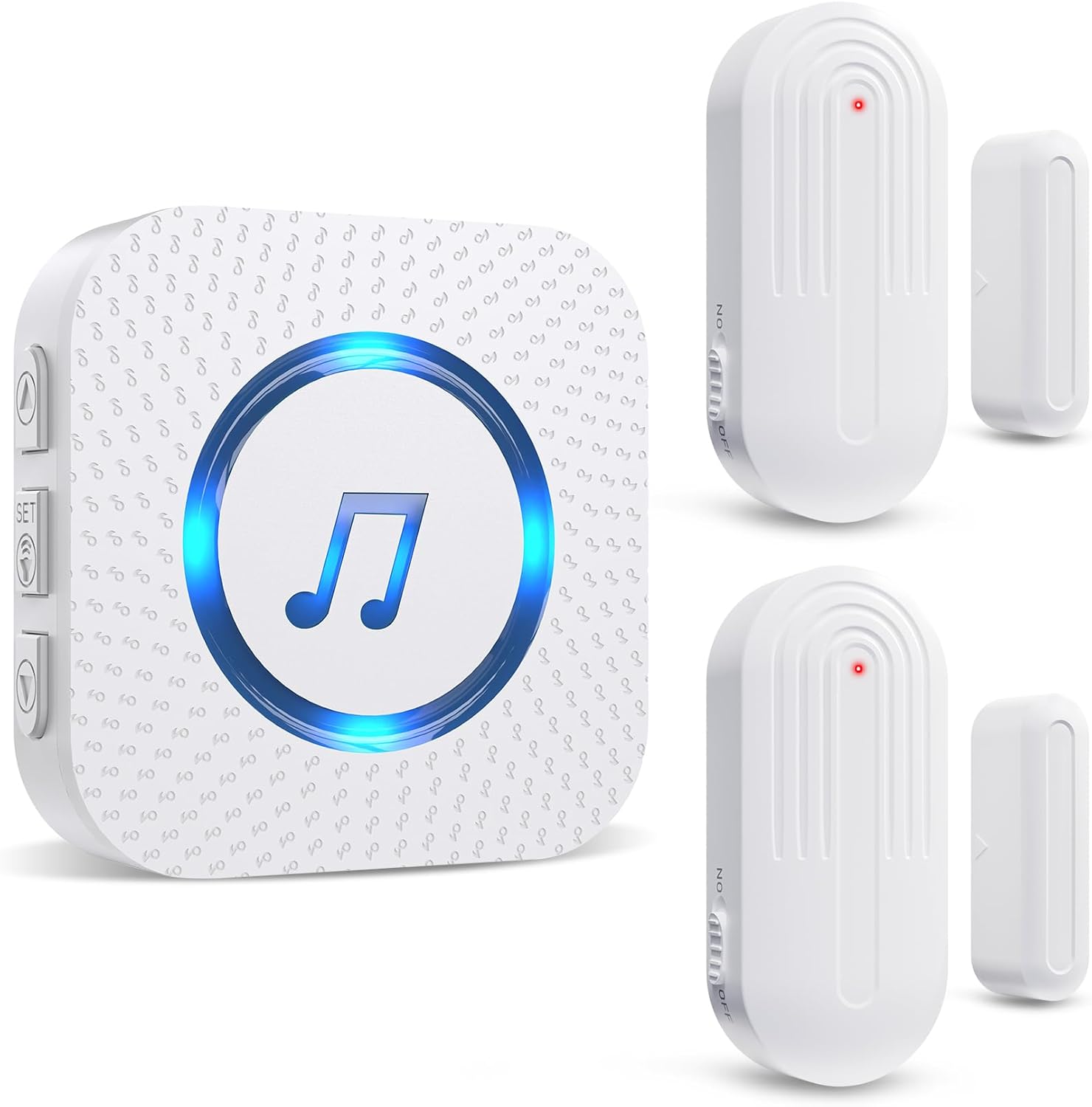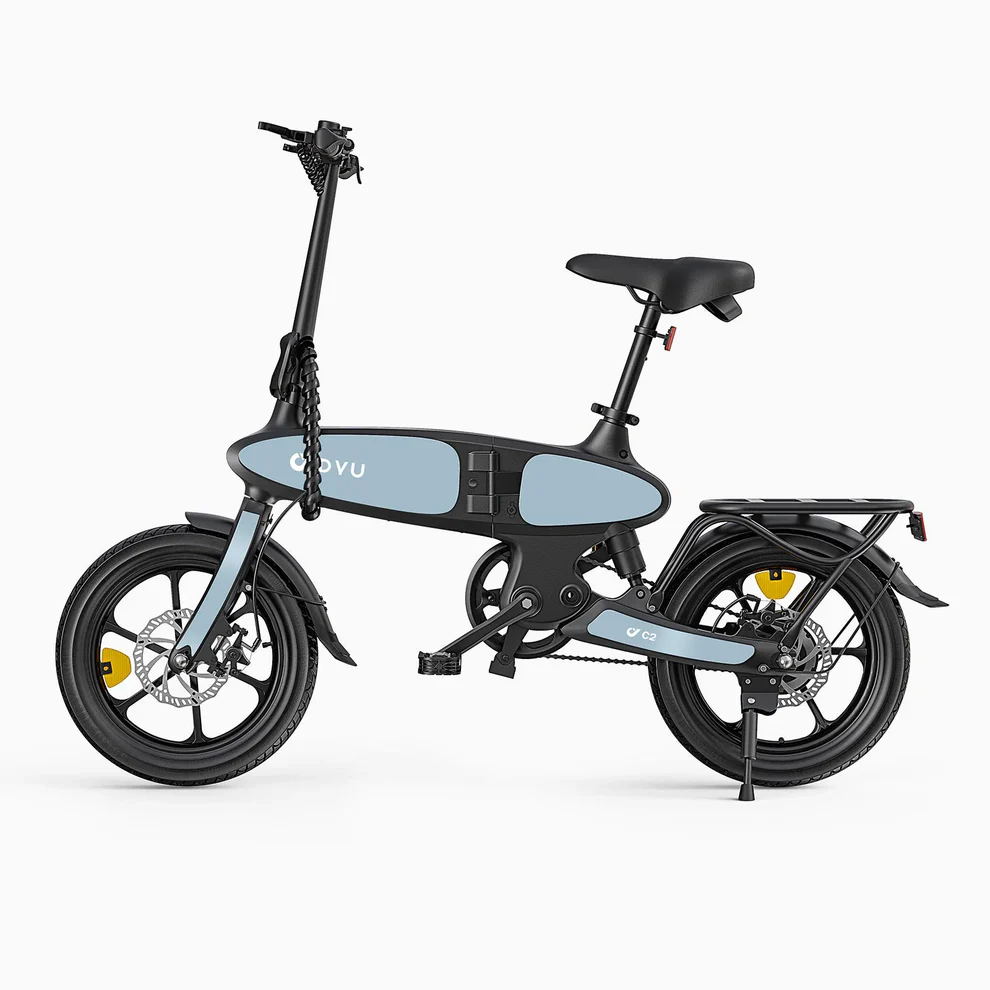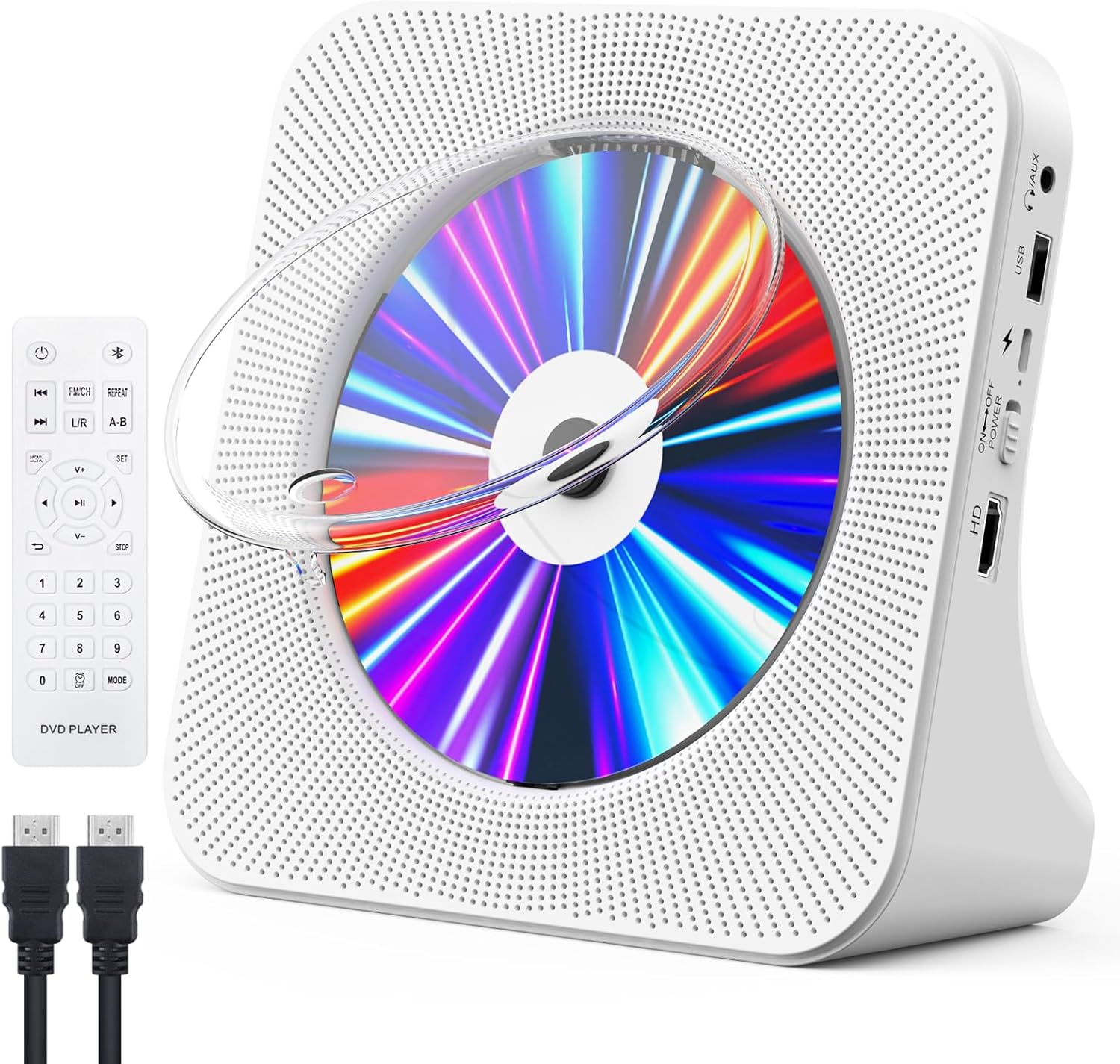A great monitor quietly boosts your life: crisp text for long work sessions, smooth motion for games, true-to-life colour for photos, and ports that don’t need a dongle museum. In this guide, we’ll cut through the jargon so you can match panel type, resolution, refresh rate, colour, ergonomics, and connectivity to your actual day. We’ll use Cello Electronic Monitors as a practical reference for UK-friendly screens that cover everything from tidy home offices to weekend gaming and creator workflows.
Shop Cello Electronic Monitors
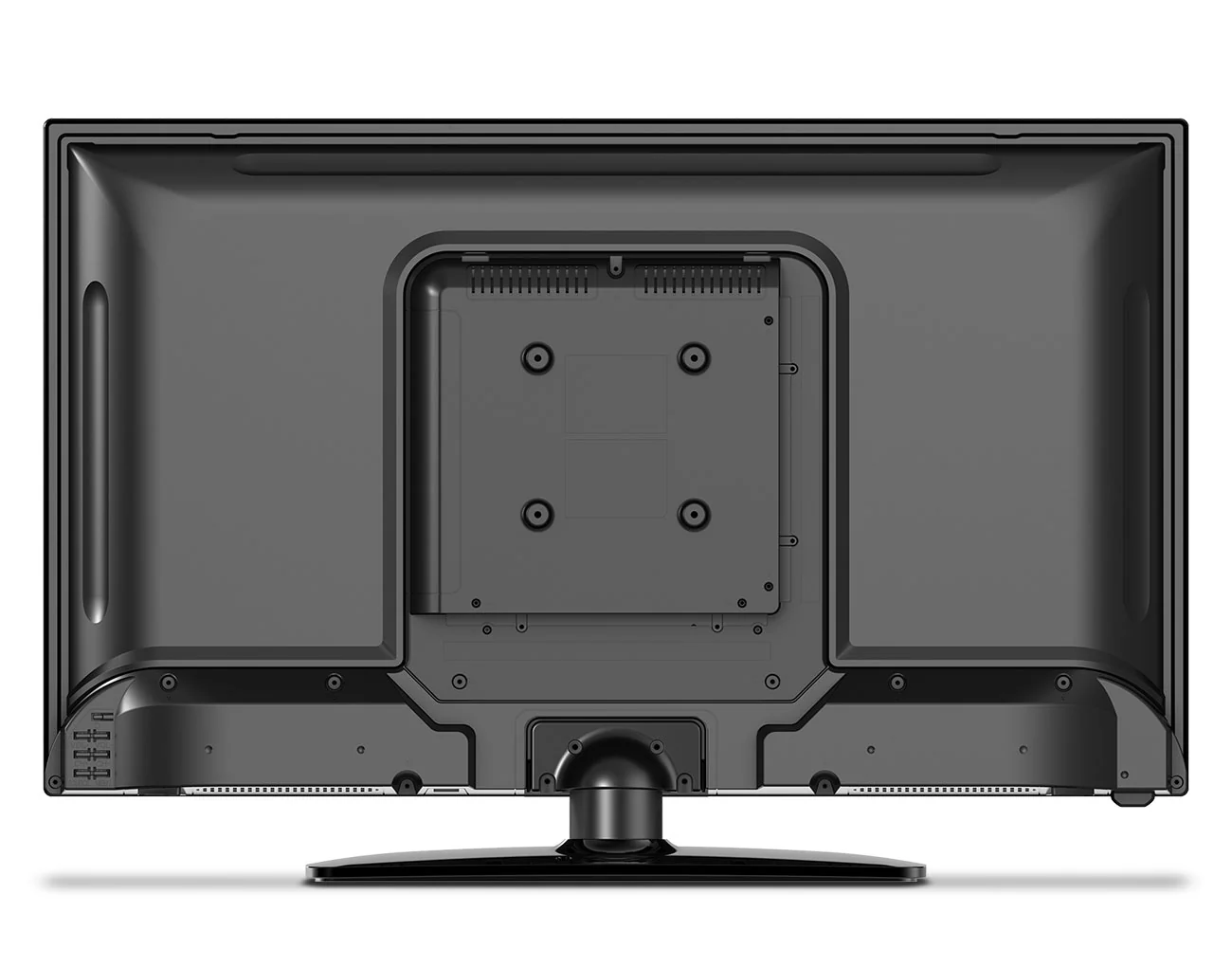
Step 1: Start With Distance, Desk, and Daily Apps
Before you chase pixels, map your setup. Measure your viewing distance and the width of your desk. If you sit ~60–80 cm from the screen, a 27″ 1440p hits a sweet spot: sharper than 1080p for text, less GPU-hungry than 4K. Tight desks or multi-monitor arrays often sing at 24–27″; spacious setups and creators may love 32″ 4K for timeline and canvas real estate. The Cello Electronic Monitors lineup spans compact workhorses to big, cinematic panels, so you can pick by space first instead of spec FOMO.
Step 2: Panel Types — IPS vs. VA (and Why It Matters)
- IPS (In-Plane Switching): wide viewing angles and consistent colour; perfect for photo editing, design, and any setup where people crowd around the screen. Blacks are good, though not OLED-level.
- VA (Vertical Alignment): higher native contrast and deeper blacks—great for movies and games in dim rooms. Colours can be excellent, but extreme angle shifts may tint slightly.
- TN: very fast but with limited angles/colour; fine for pure esports, less ideal for mixed use.
Most modern Cello Electronic Monitors lean IPS/VA, the two Goldilocks options for mixed work-play life. Choose IPS if you obsess over colour and collaboration angles; choose VA if you live for contrasty films and late-night gaming.
Step 3: Resolution & Refresh — The Two Numbers You’ll Feel Daily
- 1080p (FHD) on 24″ is cost-efficient and snappy; ideal for office tasks and lightweight rigs.
- 1440p (QHD) on 27″ is the productivity sweet spot: sharper text, roomy split-screen, manageable GPU load for 100–144 Hz gaming.
- 4K (UHD) on 27–32″ is pixel-rich: perfect for creators and multi-window power users; pair with 125–150% scaling for readable UI.
Refresh rate determines motion clarity:
- 60–75 Hz feels fine for office, browsing, and video.
- 100–120 Hz is a visible upgrade in smoothness for scrolling and casual gaming.
- 144 Hz+ makes action titles fluid and reduces blur; once you see it, it’s hard to go back.
Many Cello Electronic Monitors combine QHD/4K with high-refresh models, so you can balance crispness and speed without breaking the bank.
Shop Cello Electronic Monitors
Step 4: Colour Accuracy and Gamut — For Creators and “That Looks Off” People
If you edit photos, design, grade, or sell products online, colour isn’t a nice-to-have. Look for:
- Gamut: sRGB coverage near 100% for web work; DCI-P3 or Adobe RGB coverage for richer palettes.
- Uniformity: even brightness across the panel prevents hotspot headaches.
- Calibration: even a quick software calibration improves accuracy.
- 8-bit + FRC or true 10-bit: smoother gradients for retouching and video.
Creator-leaning options within Cello Electronic Monitors aim at broad sRGB/BT.709 coverage and consistent IPS panels — strong value for content teams and freelancers.
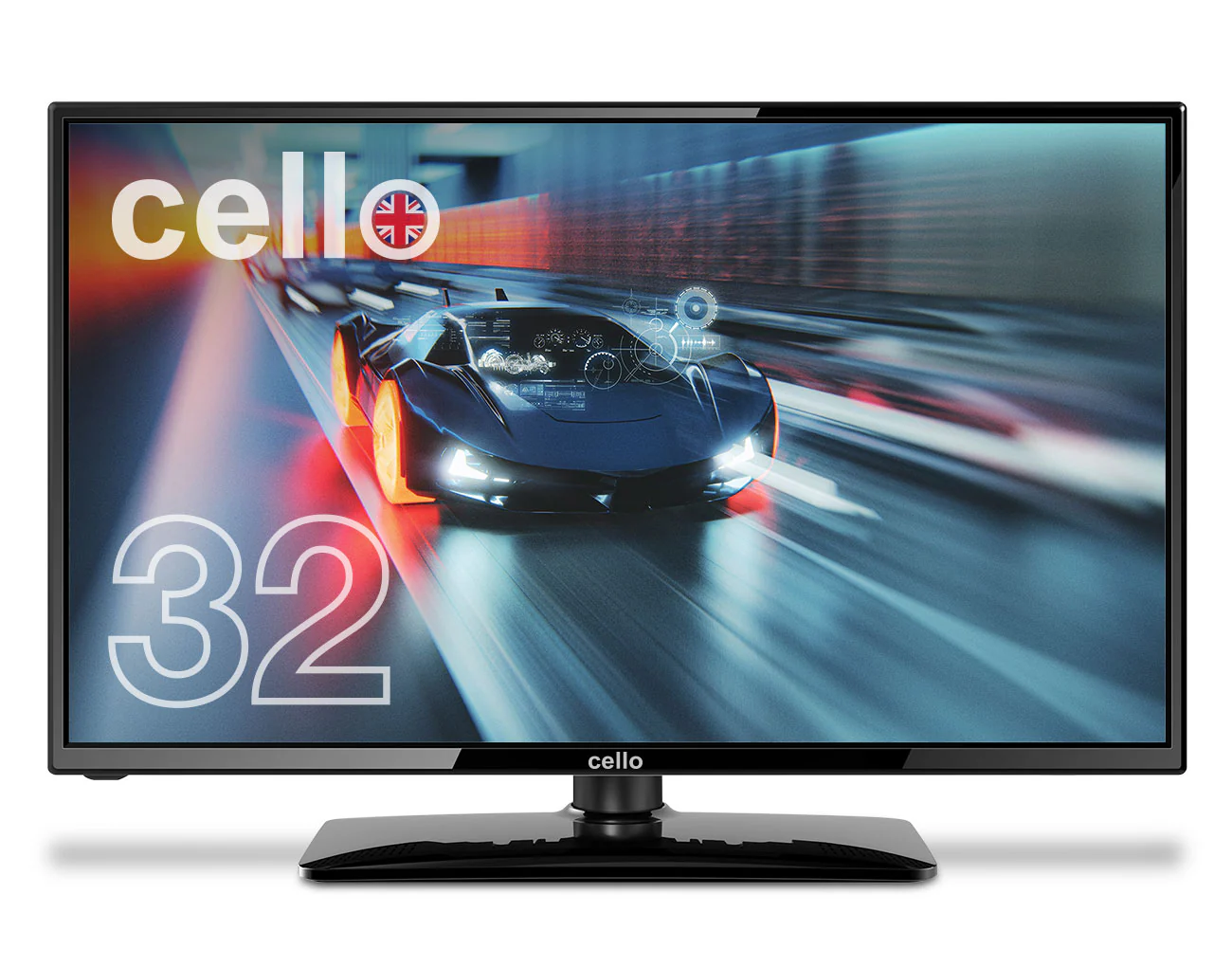
Step 5: Ports & Cables — Make I/O Boring (In a Good Way)
Your monitor should be a hub, not a puzzle. Decide your must-have I/O:
- HDMI 2.0/2.1 for consoles and laptops; 2.1 supports higher bandwidth for 4K high refresh on supported gear.
- DisplayPort for PC gaming and daisy-chaining in some setups.
- USB-C with DisplayPort Alt Mode (bonus if it offers power delivery) to run video + charge a laptop over a single cable.
- Headphone out to park speakers/headsets neatly.
- USB-A hub for dongle receivers and quick peripherals.
The port mixes in Cello Electronic Monitors cover common PC/console combos, and many models throw in usable speakers so you’re not in silence while hunting for external ones.
Step 6: Ergonomics: Stands, VESA, and Eye Comfort
Your neck will thank you for this bit. Prioritise:
- Height, tilt, swivel, pivot to dial in posture and switch to portrait for documents or code.
- VESA mount compatibility (e.g., 75×75 or 100×100) if you want arms or multi-mounts later.
- Low blue light and flicker-free backlights; your eyes are not negotiable.
- Thin bezels if you plan a dual-screen seam that doesn’t scream “border.”
With Cello Electronic Monitors, you’ll find stands from basic tilt to full ergonomic arms and VESA-ready backs—future-proofing your setup as jobs and rooms change.
Shop Cello Electronic Monitors
Step 7: Built-In Speakers, KVM, and Other Quality-of-Life Perks
- Speakers: handy for calls and casual video; they won’t replace a soundbar but they stop your desk from sprouting cables.
- KVM switch (where available): one keyboard/mouse, two devices (e.g., work laptop + personal PC). Game-changer for hybrid workers.
- OSD joystick: faster than four mystery buttons underneath.
- Cable guides: small thing, neat desk.
Several Cello Electronic Monitors models include the practical stuff—no gimmicks, just fewer accessories to buy.
Picking by Persona (Because “It Depends” Is Annoying)
- The WFH Writer/Analyst: 27″ 1440p, IPS, 75–100 Hz, height-adjust, low blue light. Crisp text, comfy neck.
- The Side-Hustle Creator: 27–32″ IPS, 1440p or 4K, wide sRGB/P3 coverage, USB-C if you hop between laptop and PC.
- The Budget Gamer: 24–27″ 1080p/1440p at 120–165 Hz, VA or fast IPS, FreeSync/G-Sync compatible.
- The Movie-Night Human: 27–32″ VA for contrast, good speakers or headphone out, HDR support (even basic) for pop.
- The Minimalist Laptop-Only Worker: 27″ 1440p with USB-C + PD, built-in hub, tilt/height. One cable life.
Match your vibe and you’ll stop shopping and start using.
HDR: Helpful or Hype?
True HDR needs brightness, local dimming, and wide colour working together. Many entry displays list HDR compatibility but deliver modest gains. Still, even baseline HDR can boost highlights in supported content. If HDR is a priority (movies, consoles), pick a VA panel with stronger contrast and check peak brightness claims; otherwise, treat HDR as a bonus, not the headline.
Shop Cello Electronic Monitors
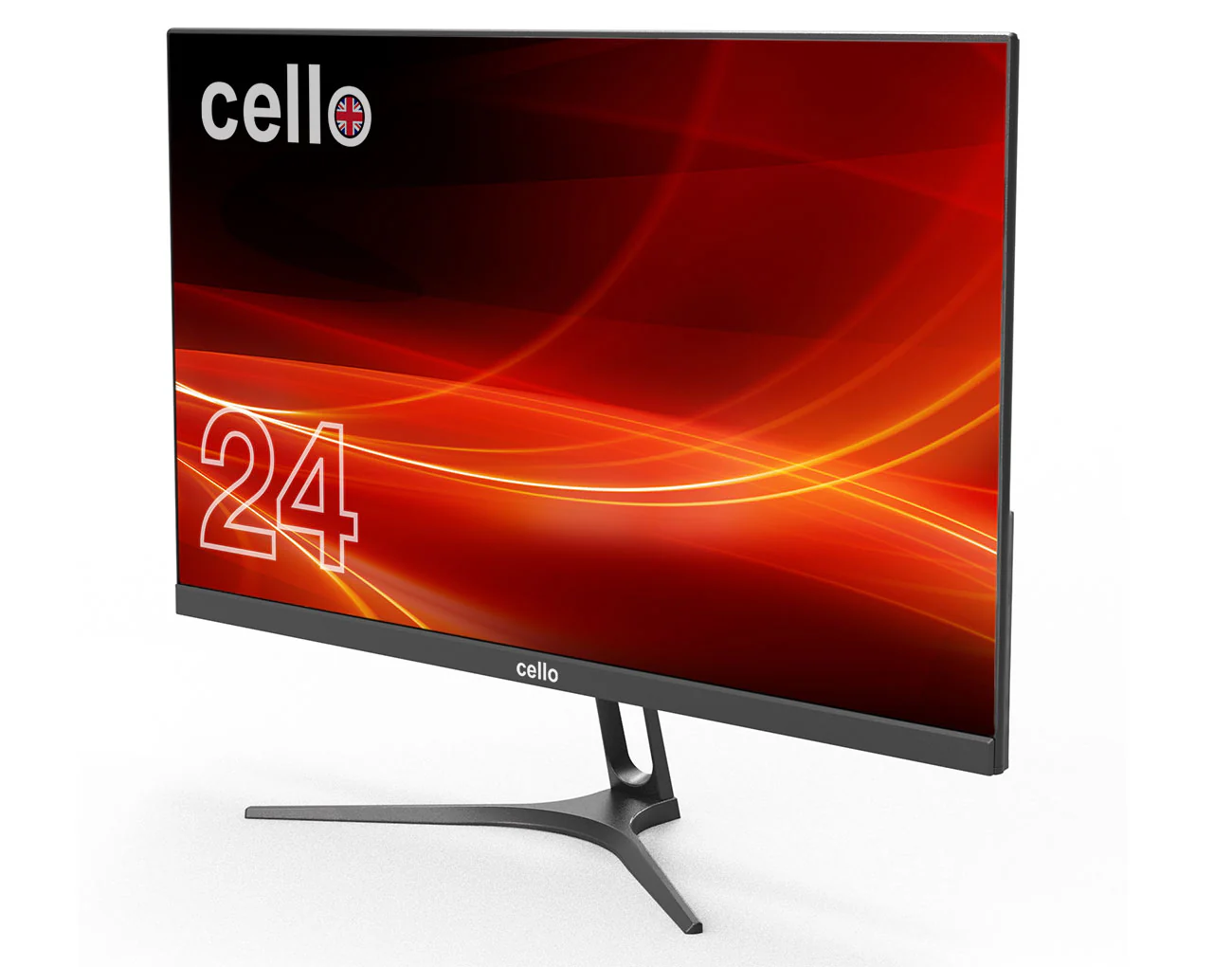
Multi-Monitor Zen: How to Make Two Screens Feel Like One
- Same size & resolution to keep UI consistent.
- Align top edges for clean cursor travel.
- Primary centre, secondary angled in; your neck prefers symmetry.
- Task anchoring: comms left, canvas right — or vice versa, but make it a habit.
Thin-bezel Cello Electronic Monitors play nicely as twins without the clunky “frame” vibe.
Console & Streaming: Desk by Day, Controller by Night
Consoles love HDMI 2.0+ and a panel that hits their 60/120 Hz modes. If you play in a bright room, IPS helps maintain colour off-axis; for dark-room cinema, VA contrast looks lush. Built-in speakers tide you over; add a headset for late-night sessions.
Care & Setup: Faster Wins Than You Think
- Cable priority: run DisplayPort/USB-C for PCs, HDMI for consoles; label ends (future you will cheer).
- Scaling: at 4K on 27–32″, set 125–150% OS scaling for readable UI.
- Warm-up: panels stabilise after 20–30 minutes; calibrate then, not cold.
- Cleaning: microfibre cloth only; never glass cleaner.
- Posture: top bezel at or just below eye level; arm length distance; chair supports shoulders relaxed.
Treat your monitor like a daily tool, not a TV—you’ll feel the difference.
Sustainability & Longevity
A monitor outlives most laptops. Choose VESA mounts for reuse, replaceable cables over captive ones, and brightness that runs comfortably at 30–50% to save power and panel life. When possible, keep boxes for relocations and upgrades.
Conclusion
A monitor isn’t just a spec sheet — it’s how your day looks and feels. Size to your space, pick a panel for your use (IPS for colour and angles, VA for contrast), choose a resolution/refresh balance that matches your GPU and hobbies, and lock in ports that keep your desk simple. With the balanced, UK-ready selection inside Cello Electronic Monitors, you can build a setup that reads crisp at 9 a.m., plays smooth at 9 p.m., and stays comfortable the whole time.
Shop Cello Electronic Monitors
FAQ
- What size is best for a small desk?
24–27″. At typical 60–70 cm viewing distances, 27″ 1440p gives roomy layouts without feeling huge. - IPS or VA — which should I choose?
IPS for colour-critical work and wide angles; VA for deeper blacks and movie/gaming contrast. - Is 144 Hz worth it for non-gamers?
Yes if you love smooth scrolling and cursor movement. It’s not essential, but it feels great. - Do I need 4K for productivity?
Not mandatory. 1440p on 27″ is the sweet spot. Go 4K if you want maximum canvas for creative apps and detail. - Are built-in speakers any good?
Fine for calls and YouTube. For music/films, add a headset or speakers later. - What about USB-C?
If you use a modern laptop, USB-C video + charging is a life-simplifier: one cable for power, display, and hub. - Can I game on a “work” monitor?
Totally. Prioritise 100–144 Hz and FreeSync/G-Sync compatibility where possible. - How do I mount it on an arm?
Check VESA size (e.g., 100×100), confirm weight limits, and tighten joints gradually to avoid droop. - Why does text look fuzzy?
Ensure the monitor runs at native resolution and use proper scaling. Cheap HDMI cables can also force wrong modes—swap to DP/USB-C if possible. - How bright should I set it?
As low as comfortable — usually 80–150 nits indoors (often ~30–50% slider). Lower brightness reduces eye strain and energy use.

